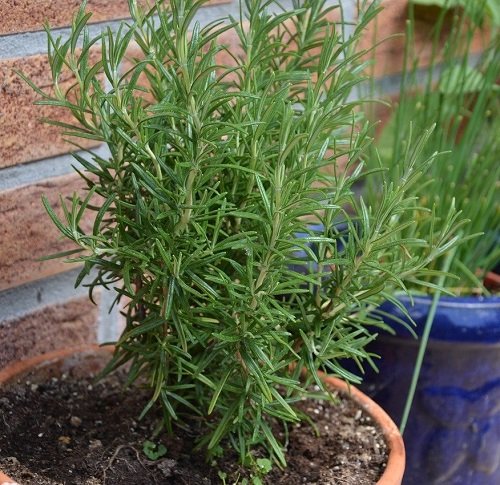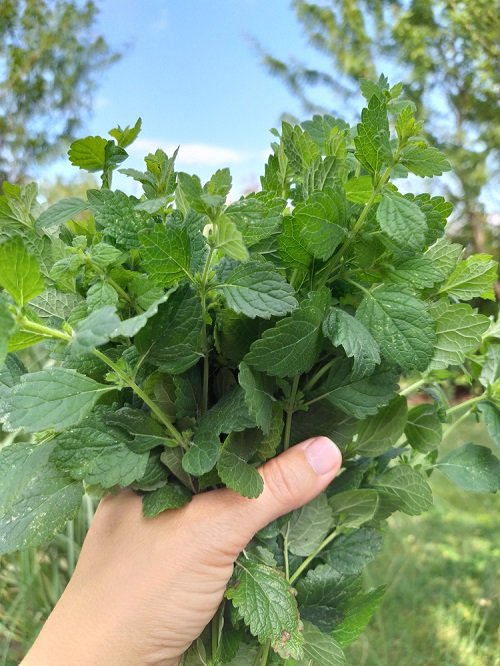Here are 6 Herbs That Love Pinching and Grow Better after it. It’s the secret to a bushier growth and plush harvest. Grab a pair of sharp shears, and let’s go!
Say you’re done making your favorite recipe, and run to your herb garden for some home-grown seasoning. But all you find are leggy shadows of a once-robust plant! Well, you can avoid this picture if you gently top your herb when it’s young with sets of true leaves and even after.
These 6 herbs respond well to regular pinching not only when they begin growing but even after that by getting bushier, tastier, and thriving longer than their usual season!
Herbs That Love Pinching
1. Rosemary
Rosemary naturally grows tall and woody with fewer branches, but removing its top growth regularly for harvesting disrupts this pattern and signals the plant to sprout new shoots and turn itself bushier.
Look for a fresh new stem and pinch 2 inches of soft growth just above a pair of leaves. Collect as much as you can and use that harvest in your cooking.
2. Basil
Basil is the number one herb that loves pinching. It prioritizes growing upwards from the single main stem, which results in a lanky plant with fewer leaves. Pinching basil works magic and encourages new growth, turning it bushier and beautiful, just like Rosemary.
Besides pinching the top growth, you can also nip its flower spikes using your fingernails as soon as you spot them. This will prolong the life of your basil plant and help in maintaining its flavor.
3. Lemon Balm
With this one, you pinch for a different reason! When left unchecked, Lemon Balm sprawls uncontrollably all over. Pinching the terminal bud tames its wild growth and gives its leaves a brighter, stronger scent and flavor. Scientifically known as Melissa officinalis, this one is a vigorous grower, which means you’ll have to do this frequently.
4. Mint
Whether it’s spearmint or peppermint, these are the herbs that love pinching for two reasons: doing this sprouts new shoots from the lower nodes that were pruned, and it boosts the production of essential oils in the leaves. Why? Because the essential oil content and flavor is stronger in young mint leaves.
5. Sage
Sage will keep getting taller with fewer, scantier leaves if not pinched. When its top growth is trimmed, the plant will grow more branches with more leaves, much to your satisfaction! Plus, the younger leaves that sprout after pinching are more tender and less bitter.
6. Cilantro
Cilantro is one plant that suffers quickly from bolting–this important culinary herb prematurely switches gears from leafy growth to flowering. With pinching, you get rid of the flower stalks, which signals the herb that it’s not time to seed yet. And thus, you will have a long-lasting supply of the freshest and tastiest coriander!
Try it on your herbs, and while you’re at it, check out these plants that grow well after pinching!








